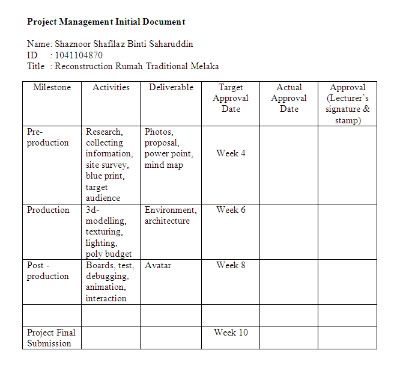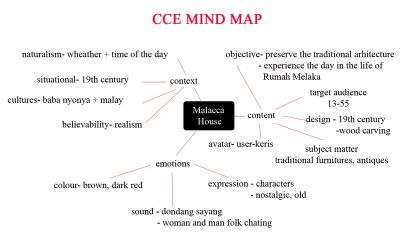
Sunday, November 23, 2008
Monday, November 17, 2008
proposal
Title
Melaka traditional house reconstructions
Abstract
I choose to reconstruct Melaka traditional house. It is only traditional Malay housed which mainly can be recognized by its glazed and multicoloured tiles on the staircases which are imported from Europe and China. Flowers are a common motif. A typical traditional Malacca house stands on 12 to 16 main pillars. Usually 2 metres high. The decorative flower-motif tiled steps are its most striking features. It is inspired by the architectural-style of the Baba-Nyonya. Traditional Malacca houses can still be seen in rural communities with the most famous located at Bukit Palah. This traditional house divides by two parts which is Rumah Ibu and Rumah Dapur. Rumah Ibu has high roof and walls. It also holds a huge open space. Usually there’s no room in it, but the large space can accompanies up to two rooms. The rumah ibu is a multi-purpose space, used at different times for ironing, sleeping, sewing, praying and feasting on special festive days. At Rumah Ibu area, I will display the antique irons and antique sewing machine, praying attire like “Telekong” and “Sejadah”. Rumah Ibu is connected by an even bigger Selang. Selang is a bit lower than Rumah Ibu’s level and Rumah Dapur, and has walls. Selang is an attic used as a bedroom for the girls especially when in a wedding ceremony, a space for storage, womanfolk to chat and socialize. Rumah Dapur holds cooking tools and dining room. It is connected with Rumah Ibu via a Selang. There’s a platform (Pelantar) that functioned as a meal preparation place, washing clothes and resources collected from farm or river on the edge of the Rumah Dapur. The enclosed front verandah (serambi gantung) is slightly lower than the rumah ibu which it adjoins. This section - verandah and ibu - is allotted an independent roof. The Malacca Malay house is normally built with ‘Cengal’, ‘Meranti’ and ‘Damar laut’. The Rumah Dapur part was made by bamboo walls. The roof was made by nipah with 31 degree and 57 degree slope. For Malacca house, there is Tebar Layar on the roof which is the space has gable ends that allow air flows on to the roof. The gable ends holds decoration made by simple wooden carvings and has a flower-motive face board covering the roof’s rear. In Malacca, Dondang Sayang was traditionally sung for centuries and inside the house, I will display the musical instruments that accompanied the Dondang Sayang consists of a violin, rebana and gong. Pantuns or quatrains sung in Dondang Sayang is unique and unlike any other performing arts. Pantuns are in reality quatrains in which the first and the third, second and fourth lines rhyme and often possess a pleasing assonance. The singers take turns to match and rebutt each other's pantuns. The versatile singers with their spontaneous and impromptu cajoles and rebuttals sometimes get carried away into the wee hours of the morning.The origin of Dondang Sayang is said to be from Melaka. The Dondang Sayang is not only popular amongst the Malays but is also indulged by the Babas and Nyonyas, Chittys and Portuguese-Eurasians of Melaka which became the popular traditional song and music of Melaka. In some Dondang Sayang performances, men and women dance to the music.
Target Audience
-Tourist and Malaysian (Especially student majoring in design and architecture)
- Any gender
-Age between 13 to 60
Goal
The goal of this application is to allow user to experience the Malacca traditional house that is well known for its culture and heritage. The house evinces a mixture of architectural influences, which mainly adopted from the traditional Chinese house. This traditional house still exists but most of the house and its architecture were being renovated. Therefore, this application can help to preserve the uniqueness culture and heritage of this traditional house. The design of the house is more attractive to the unique tiles staircase, the long Roofed House with 12-18 post, and attic. This application is to show to the tourist that we have a house based on state custom and all the design of the house have the own meaning such as Rumah Ibu and Selang. This virtual application would allow the user to explore this traditional house. User will be able to interact with the things of interior and exterior of the house. They also can get information about the house through a popup menu and get know about the meaning and function of every part of the house.
Objectives
The main objective is to introduce and enable users to gain knowledge and information on Malay traditional architecture of commoner house. To explore the uniqueness of the Malacca traditional house, to preserve our traditional beauty and the national heritage from vanished. Each part of house has their functions such as Selang which is providing ventilation and lighting to the house. We can show to the users that traditional architecture of the buildings are famous with the wooden carvings, flower-motive decoration of tiles stairs and face board covering the roof’s rear. All this carves were made by the villagers itself. In other words this application can help to show foreigner our village man skills. This application also is to allow user to easily access and understand the heritage instead of wasting time by earn money going to the actual place.
Benchmark
1. http://www.panoguide.com/gallery/214/
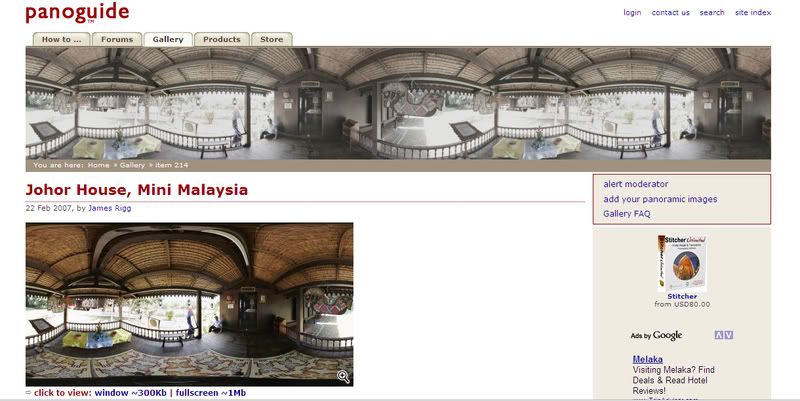
2. http://www.revolutionviewing.co.uk/pv-examples/placesforpeople/
360 virtual tours that ensure accessibility and interactivity - creating a user
experience that is visually stunning, informative and effective. Floor plan navigation and full screen views further add to the intuitive user experience.
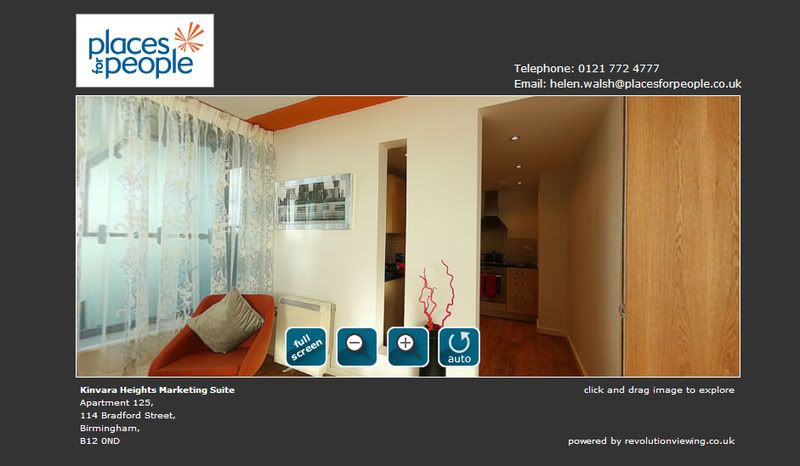
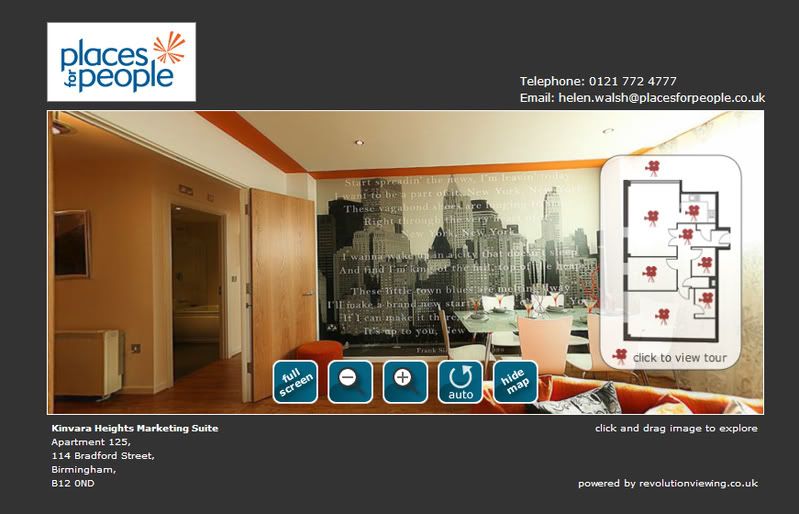
3. Another application is where users can get information through a popup menu
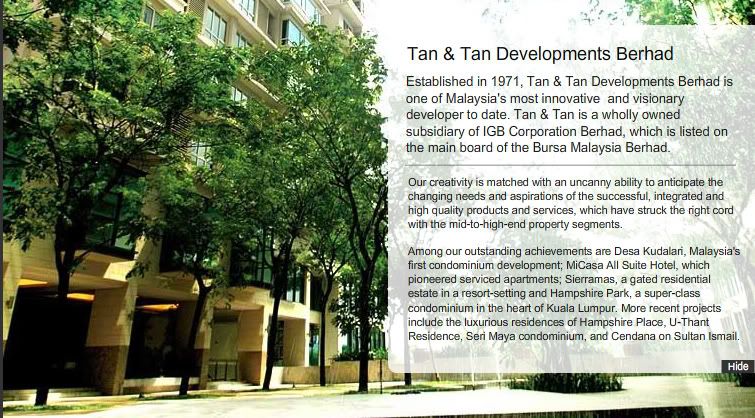
Description
This application is dividing into 2 levels, one is outside and another one is inside the house itself. Before they entering the environment, there will be a brief introduction of the application and also a list of instruction on how the user can navigate and interact with the objects within the environment.
Level 1- outside the house area
Firstly, user will be given two choices whether he want to enter the house from the front side or from the back portion of the house (Selang).
User will walk through the stairs, click on the small wooden gate before enter the Serambi. The gate will open, information will appear. When entering the Serambi, a Malacca traditional song of “Dondang Sayang” will play.
Level 2 – Inside the house
User will enter the door of Rumah ibu. Click the door and it will open. When enter the Rumah Ibu, information will appear. In the Rumah Ibu there will be antique irons,praying attire like “Sejadah” and “Telekong” and a sewing machine. While user come close to the sewing machine,sound of people using the machine will appear. Next user will walk through the Selang part. Information of Selang will appear then user will go through the window. First time click to the window, a pop-up menu will appear to give the function of the Selang as lighting and providing ventilation to the house. For the second click on the window, the window will open. Next, walkthrough the Rumah Dapur.
While entering the Rumah Dapur, information of it will appear. There will be some antique plates on the dining table. User has to pick it up and bring it to the Platform. At the Platform, there are some vegetables and clothes. There were users choices whether he want to go out from the Plantar or turn back to the front door.
Interaction Description
- User will be able to navigate the world through Mouse and Arrow keys on the keyboard.
- Text message will appear to inform the user that they can interact with the object.
- Interactive information will be appear on the pop-up menu when user click on the object.
- Interactive information icon will be placed to explain the message.
- A proximity sensor of avatar to activate voice narration.
- A Malacca traditional song of Dondang Sayang will played when user enter the house.
Melaka traditional house reconstructions
Abstract
I choose to reconstruct Melaka traditional house. It is only traditional Malay housed which mainly can be recognized by its glazed and multicoloured tiles on the staircases which are imported from Europe and China. Flowers are a common motif. A typical traditional Malacca house stands on 12 to 16 main pillars. Usually 2 metres high. The decorative flower-motif tiled steps are its most striking features. It is inspired by the architectural-style of the Baba-Nyonya. Traditional Malacca houses can still be seen in rural communities with the most famous located at Bukit Palah. This traditional house divides by two parts which is Rumah Ibu and Rumah Dapur. Rumah Ibu has high roof and walls. It also holds a huge open space. Usually there’s no room in it, but the large space can accompanies up to two rooms. The rumah ibu is a multi-purpose space, used at different times for ironing, sleeping, sewing, praying and feasting on special festive days. At Rumah Ibu area, I will display the antique irons and antique sewing machine, praying attire like “Telekong” and “Sejadah”. Rumah Ibu is connected by an even bigger Selang. Selang is a bit lower than Rumah Ibu’s level and Rumah Dapur, and has walls. Selang is an attic used as a bedroom for the girls especially when in a wedding ceremony, a space for storage, womanfolk to chat and socialize. Rumah Dapur holds cooking tools and dining room. It is connected with Rumah Ibu via a Selang. There’s a platform (Pelantar) that functioned as a meal preparation place, washing clothes and resources collected from farm or river on the edge of the Rumah Dapur. The enclosed front verandah (serambi gantung) is slightly lower than the rumah ibu which it adjoins. This section - verandah and ibu - is allotted an independent roof. The Malacca Malay house is normally built with ‘Cengal’, ‘Meranti’ and ‘Damar laut’. The Rumah Dapur part was made by bamboo walls. The roof was made by nipah with 31 degree and 57 degree slope. For Malacca house, there is Tebar Layar on the roof which is the space has gable ends that allow air flows on to the roof. The gable ends holds decoration made by simple wooden carvings and has a flower-motive face board covering the roof’s rear. In Malacca, Dondang Sayang was traditionally sung for centuries and inside the house, I will display the musical instruments that accompanied the Dondang Sayang consists of a violin, rebana and gong. Pantuns or quatrains sung in Dondang Sayang is unique and unlike any other performing arts. Pantuns are in reality quatrains in which the first and the third, second and fourth lines rhyme and often possess a pleasing assonance. The singers take turns to match and rebutt each other's pantuns. The versatile singers with their spontaneous and impromptu cajoles and rebuttals sometimes get carried away into the wee hours of the morning.The origin of Dondang Sayang is said to be from Melaka. The Dondang Sayang is not only popular amongst the Malays but is also indulged by the Babas and Nyonyas, Chittys and Portuguese-Eurasians of Melaka which became the popular traditional song and music of Melaka. In some Dondang Sayang performances, men and women dance to the music.
Target Audience
-Tourist and Malaysian (Especially student majoring in design and architecture)
- Any gender
-Age between 13 to 60
Goal
The goal of this application is to allow user to experience the Malacca traditional house that is well known for its culture and heritage. The house evinces a mixture of architectural influences, which mainly adopted from the traditional Chinese house. This traditional house still exists but most of the house and its architecture were being renovated. Therefore, this application can help to preserve the uniqueness culture and heritage of this traditional house. The design of the house is more attractive to the unique tiles staircase, the long Roofed House with 12-18 post, and attic. This application is to show to the tourist that we have a house based on state custom and all the design of the house have the own meaning such as Rumah Ibu and Selang. This virtual application would allow the user to explore this traditional house. User will be able to interact with the things of interior and exterior of the house. They also can get information about the house through a popup menu and get know about the meaning and function of every part of the house.
Objectives
The main objective is to introduce and enable users to gain knowledge and information on Malay traditional architecture of commoner house. To explore the uniqueness of the Malacca traditional house, to preserve our traditional beauty and the national heritage from vanished. Each part of house has their functions such as Selang which is providing ventilation and lighting to the house. We can show to the users that traditional architecture of the buildings are famous with the wooden carvings, flower-motive decoration of tiles stairs and face board covering the roof’s rear. All this carves were made by the villagers itself. In other words this application can help to show foreigner our village man skills. This application also is to allow user to easily access and understand the heritage instead of wasting time by earn money going to the actual place.
Benchmark
1. http://www.panoguide.com/gallery/214/

2. http://www.revolutionviewing.co.uk/pv-examples/placesforpeople/
360 virtual tours that ensure accessibility and interactivity - creating a user
experience that is visually stunning, informative and effective. Floor plan navigation and full screen views further add to the intuitive user experience.


3. Another application is where users can get information through a popup menu

Description
This application is dividing into 2 levels, one is outside and another one is inside the house itself. Before they entering the environment, there will be a brief introduction of the application and also a list of instruction on how the user can navigate and interact with the objects within the environment.
Level 1- outside the house area
Firstly, user will be given two choices whether he want to enter the house from the front side or from the back portion of the house (Selang).
User will walk through the stairs, click on the small wooden gate before enter the Serambi. The gate will open, information will appear. When entering the Serambi, a Malacca traditional song of “Dondang Sayang” will play.
Level 2 – Inside the house
User will enter the door of Rumah ibu. Click the door and it will open. When enter the Rumah Ibu, information will appear. In the Rumah Ibu there will be antique irons,praying attire like “Sejadah” and “Telekong” and a sewing machine. While user come close to the sewing machine,sound of people using the machine will appear. Next user will walk through the Selang part. Information of Selang will appear then user will go through the window. First time click to the window, a pop-up menu will appear to give the function of the Selang as lighting and providing ventilation to the house. For the second click on the window, the window will open. Next, walkthrough the Rumah Dapur.
While entering the Rumah Dapur, information of it will appear. There will be some antique plates on the dining table. User has to pick it up and bring it to the Platform. At the Platform, there are some vegetables and clothes. There were users choices whether he want to go out from the Plantar or turn back to the front door.
Interaction Description
- User will be able to navigate the world through Mouse and Arrow keys on the keyboard.
- Text message will appear to inform the user that they can interact with the object.
- Interactive information will be appear on the pop-up menu when user click on the object.
- Interactive information icon will be placed to explain the message.
- A proximity sensor of avatar to activate voice narration.
- A Malacca traditional song of Dondang Sayang will played when user enter the house.
Wednesday, November 12, 2008
chapter 1
hoolaaa...
welcome to my blog...
do leave some comments...
critics (but not condems..haha)
on my works...
hope we can co-operate with each other..
thank u...
;;)
welcome to my blog...
do leave some comments...
critics (but not condems..haha)
on my works...
hope we can co-operate with each other..
thank u...
;;)
Subscribe to:
Posts (Atom)
